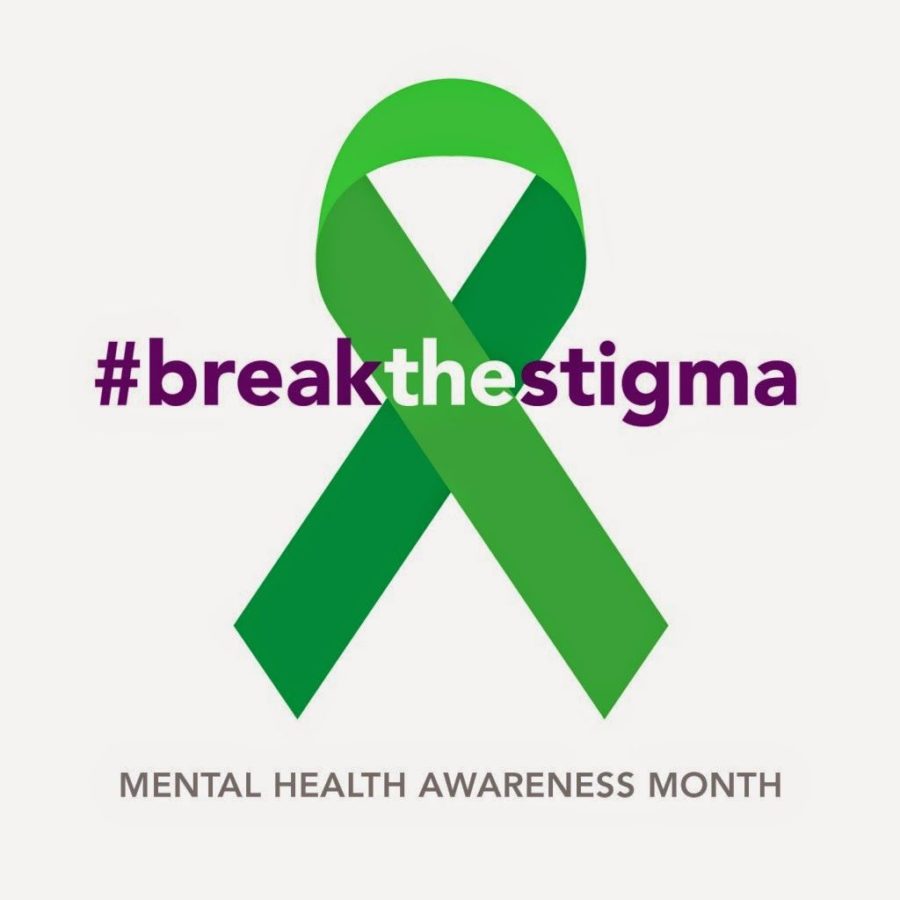Confronting the Stigmas of Mental Health
May 21, 2018
The month of May marks significant events that influence the lives of teenagers amongst many others: graduates are moving on whether it be to start their lives as full-functioning adults, moving out to discover who they are aside from who they were raised to be, and leaving to start careers and build futures for themselves. However, in addition to these new beginnings, May marks the month for mental health awareness.
The unfortunate reality of mental health is that much like everything else in this world, there are misconceptions and stigmas that are typically associated with mental health. More than 49% of teenagers suffer and have been diagnosed with at least one mental health disorder and 42% of those teenagers met the criteria for a second mental health disorder. For such a large percentage of adolescents being affected by a worldwide phenomenon, it is rarely addressed within society and due to that unfortunate reality, many assumptions have been made of mental health disorders.
As a 21st century teenager who has lived with mental health disorders for my entire life, I have been made aware of the stigmas surrounding mental health in general and have viewed how the misconceptions have been adopted, for the majority, within society whether it be ingrained in social media or engraved by past generations. When mental health is discussed, the media tends to romanticize or jump to false conclusions, making mental illness shameful, rather than what it is, a condition like any other health issue.
Public stigmas can ultimately have a negative impact on people who have mental health disorders, and this can lead to discrimination and a lower sense of self-esteem combined with a higher level of self-doubt. In order to change the conversation, society must raise awareness of the realities of mental health and fight the public stigmas head on.
The power of educating others in the truth of mental health is one way to start an honest conversation, and by doing so and sharing your story, you may reach someone who is struggling with much of the same issues. In the society we live in today, terms are casually thrown around and due to the graphic language, it can affect others more than intended. In this case, be mindful in the language you use to describe difficult situations and look further to the meaning behind the words. In addition, support and show compassion for those having these experiences, but be open rather than make assumptions on their feelings, as each and every person is unique with this aspect.
Mental Health Awareness month allows people to show support, ask questions, and overall evolve into an empathetic world, rather than a judgemental one. By wearing green this month, we stand strong as green is the national color for mental health awareness month. Let’s stand together, for this can be the chance to start anew.



